Optimal Timing for French Drain Installation
Choosing the optimal time for French drain installation is essential to ensure proper functioning and longevity. The ideal period depends on weather conditions, soil moisture levels, and project complexity. Typically, installation is most effective during dry or moderate weather when soil is neither too wet nor too frozen.
Spring offers moderate temperatures and manageable soil moisture, making it suitable for installation. It allows for effective drainage setup before heavy rainfall periods.
Summer can be appropriate if soil is dry enough for excavation. However, high temperatures and drought conditions may complicate work and affect soil stability.
Fall provides cooler weather and less rain in many regions, facilitating installation before winter. Proper planning ensures the drain is operational before cold weather.
Winter is generally unsuitable due to frozen ground and snow cover, which hinder excavation and installation processes.
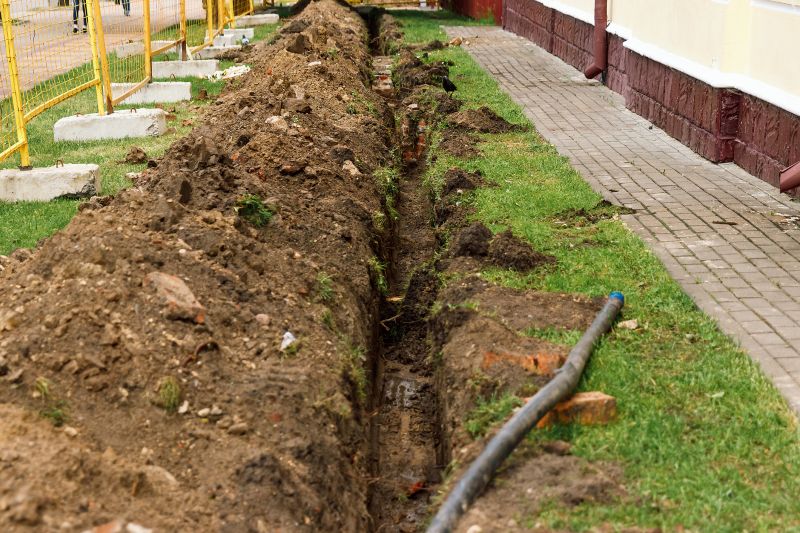
Soil is typically moist and workable, ideal for trenching and installation.
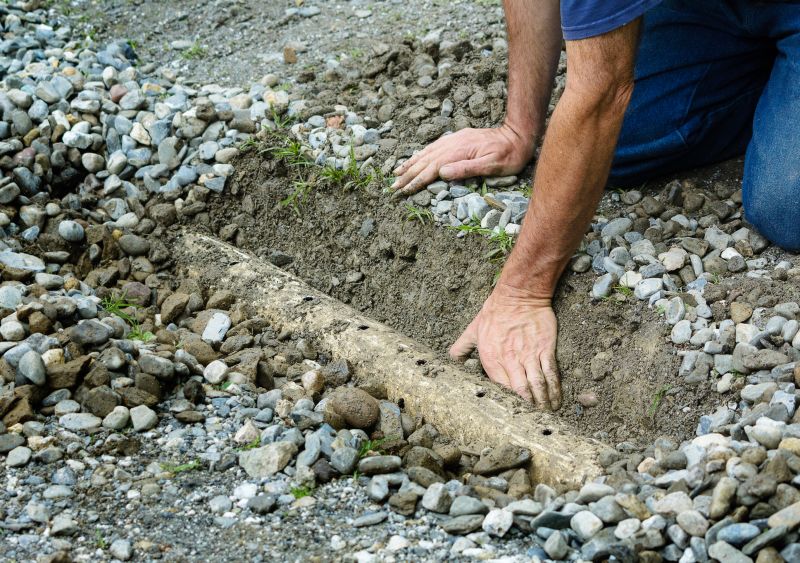
Workers installing French drains during warm, dry weather.

Preparation for winter drainage solutions.

Ways to make French Drain Installations work in tight or awkward layouts.

Popular materials for French Drain Installations and why they hold up over time.

Simple add-ons that improve French Drain Installations without blowing the budget.
| Season | Optimal Conditions |
|---|---|
| Spring | Moderate temperatures, manageable soil moisture |
| Summer | Dry soil, avoid extreme heat |
| Fall | Cool weather, less rainfall |
| Winter | Frozen ground, snow cover |
French drain installations are a common solution for managing excess groundwater and preventing flooding around foundations and landscapes. These systems consist of perforated pipes laid in trenches filled with gravel, directing water away from problem areas. Proper timing ensures the drain functions effectively, reducing the risk of blockages, soil erosion, and water damage.

Excavation and pipe placement during optimal weather conditions.
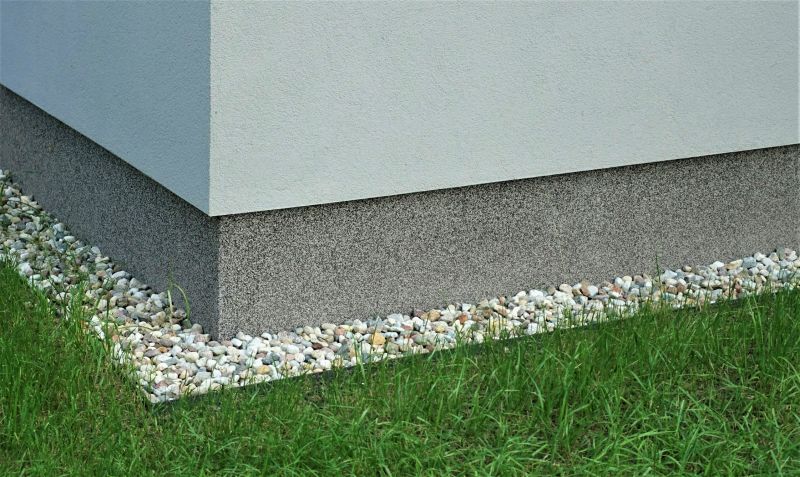
Properly installed system ready to channel water.
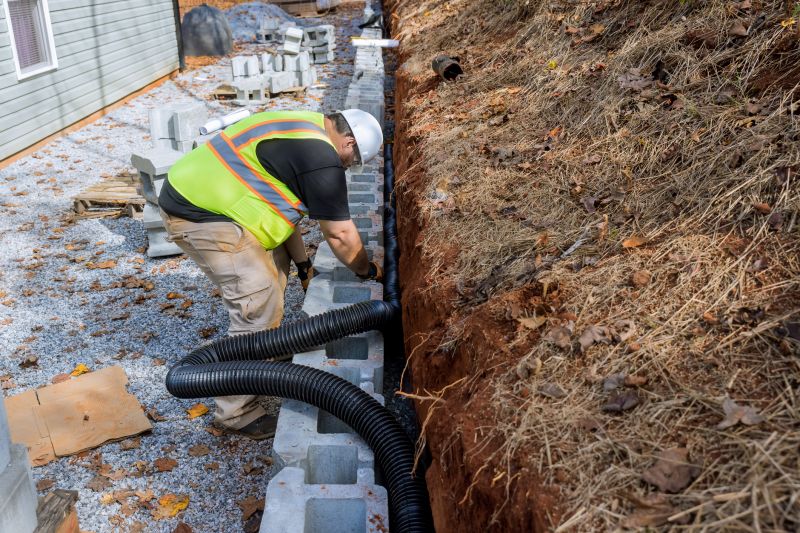
Perforated pipe being laid in trench.
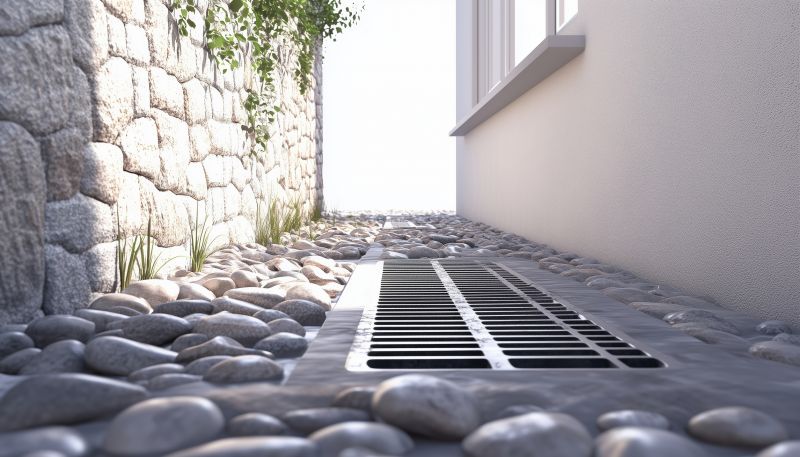
Gravel being added around the pipe for effective drainage.

High-end options that actually feel worth it for French Drain Installations.

Finishes and colors that play nicely with French Drain Installations.

Little measurements that prevent headaches on French Drain Installations day.
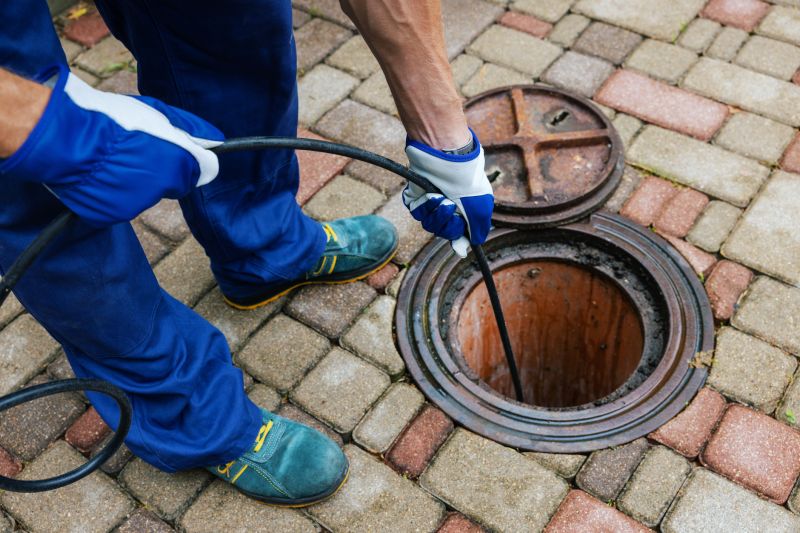
A 60-second routine that keeps French Drain Installations looking new.
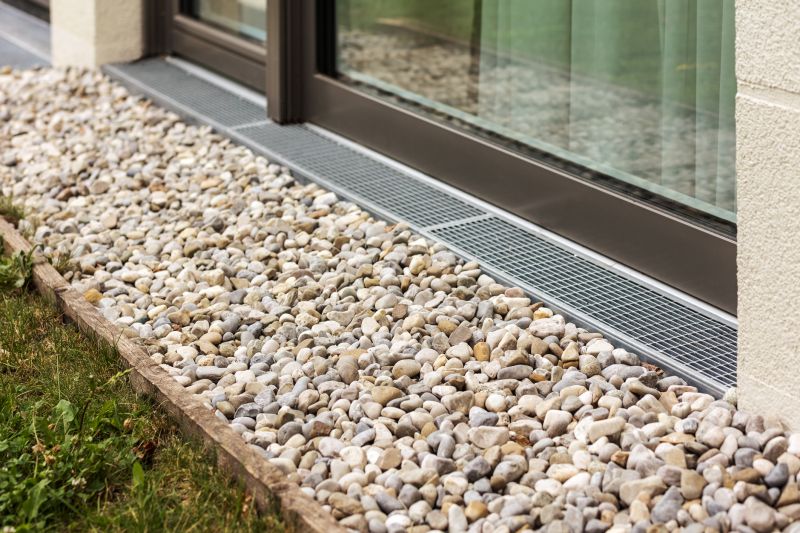
A frequent mistake in French Drain Installations and how to dodge it.
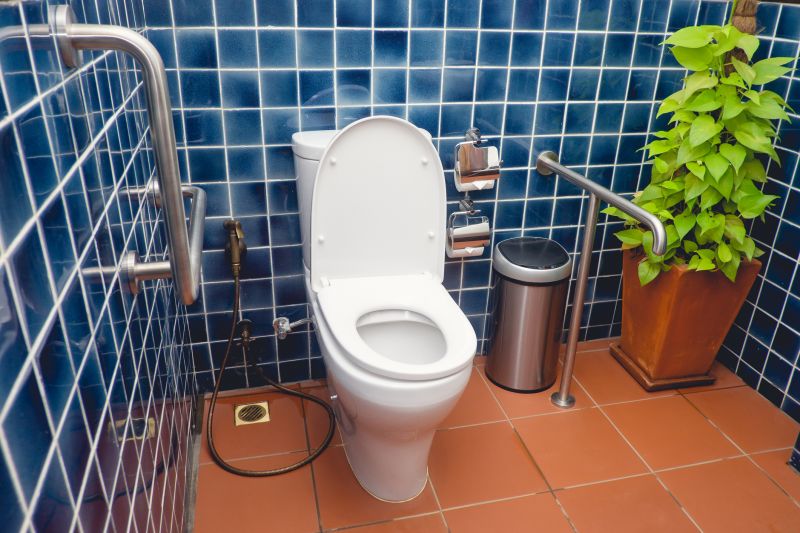
Small tweaks to make French Drain Installations safer and easier to use.

Lower-waste or water-saving choices for French Drain Installations.

The short, realistic tool list for quality French Drain Installations.
Interested in French drain installations? Filling out the contact form can provide more information and help schedule a consultation to determine the best timing based on local conditions and project requirements.
